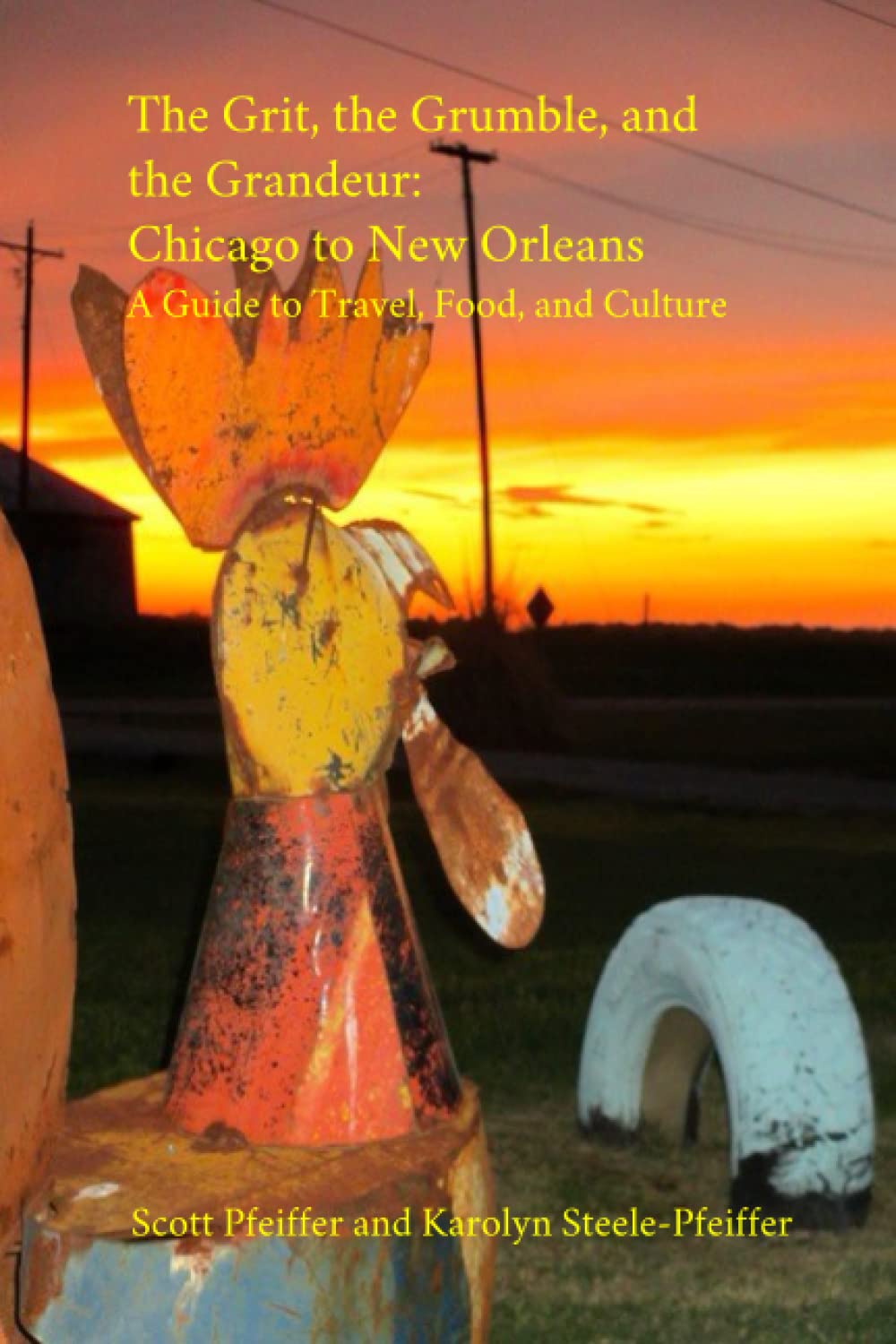Waltz With Bashir
From Israel comes this searing, melancholy animated documentary about filmmaker Ari Folman’s quest to retrieve his lost memory of the invasion of Lebanon, which he took part in as a young Israeli soldier in the early 80s. All he has is a recurring vision: young men rising out of the sea naked and putting on their uniforms. He sets out to hunt down the fellows who served alongside him, in the hope that hearing their stories might restore to him his own.
A picture emerges of kids having rather a good time at first occupying and abusing a foreign land, until the occupants of that land turn the tables and visit bloody death upon them. And these were just kids: Folman with his machine gun was about the same age I was when I was knocking about at Biddle Hall. Imagine at that age being cast into a situation where the face of death is brought so close that you can smell its breath.
The film builds to the notorious massacre at Sabra and Shatila, names that ring out to those who know about the history of Palestinian suffering. These were Palestinian refugee camps in Beirut where the Israeli army allowed in a Christian militia enraged by the recent assassination of their leader, Bashir Gemayel. The militia proceeded to line up and gun down women and children, old people and young men, while the Israeli army, with Folman in its ranks, waited in the wings. The next day when soldiers entered to survey the carnage, corpses came up to their waists.
As I say, “Waltz with Bashir” is an animated film, and a visually stunning one (though at the end we are made to see actual footage of the aftermath of the massacre). There’s an obvious issue with animation when it comes to documentary: it forgoes photography’s ability to record reality. This movie is a visionary experience, but is that something we really want from a “non-fiction” film, one dealing in “reality”? I would counter that “Waltz With Bashir” is a work of art, not a Chomsky essay. It wants to make us feel at least as much as it wants to impart information. Would one look to "Guernica" for facts about the Spanish Civil War? Only animation can convey the hallucinatory experience of the war for these men, or the recurring nightmares and fragmentary visions that it left them. The film is really as much an essay on the trickiness of memory as it is a documentary.
This one's up for best Foreign Language film.
Rating: *****
Key to ratings:
***** (essential viewing)
**** (excellent)
*** (worth a look)
** (forgettable)
* (rubbish!!)
- Feb 6, 2009


 Scott Pfeiffer
Scott Pfeiffer
Reader Comments (1)
I just finished watching this film and I feel shaken from the experience. You mentioned "Guenica" in your review, and I had the same feelings viewing that work as I did watching this film.
The inhumanity is horrible and heart-breaking. As you said, we are not spared the actual footage at the end.